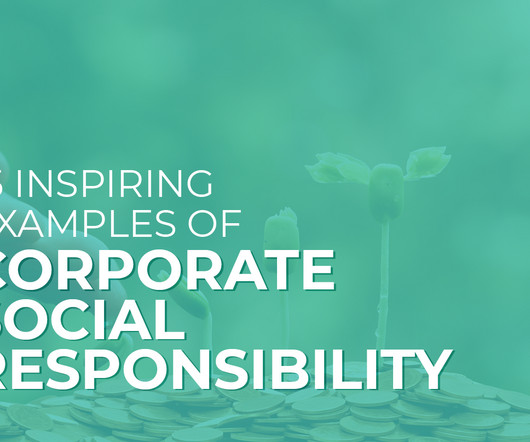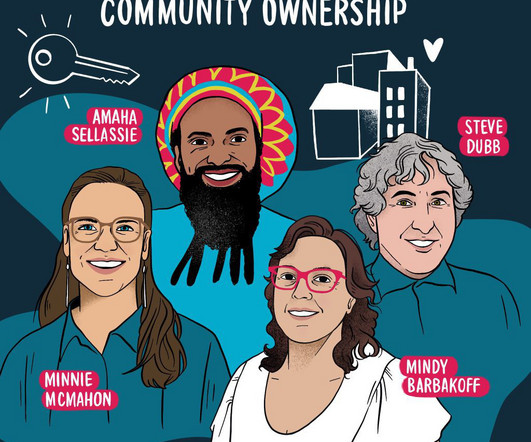From Food Pantry to Urban Farming: Food Justice Lessons from Camden
NonProfit Quarterly
DECEMBER 8, 2022
This article is part of Black Food Sovereignty: Stories from the Field , a series co-produced by Frontline Solutions and NPQ. This series features stories from a group of Black food sovereignty leaders who are working to transform the food system at the local level. How can a community reduce food insecurity?



















Let's personalize your content